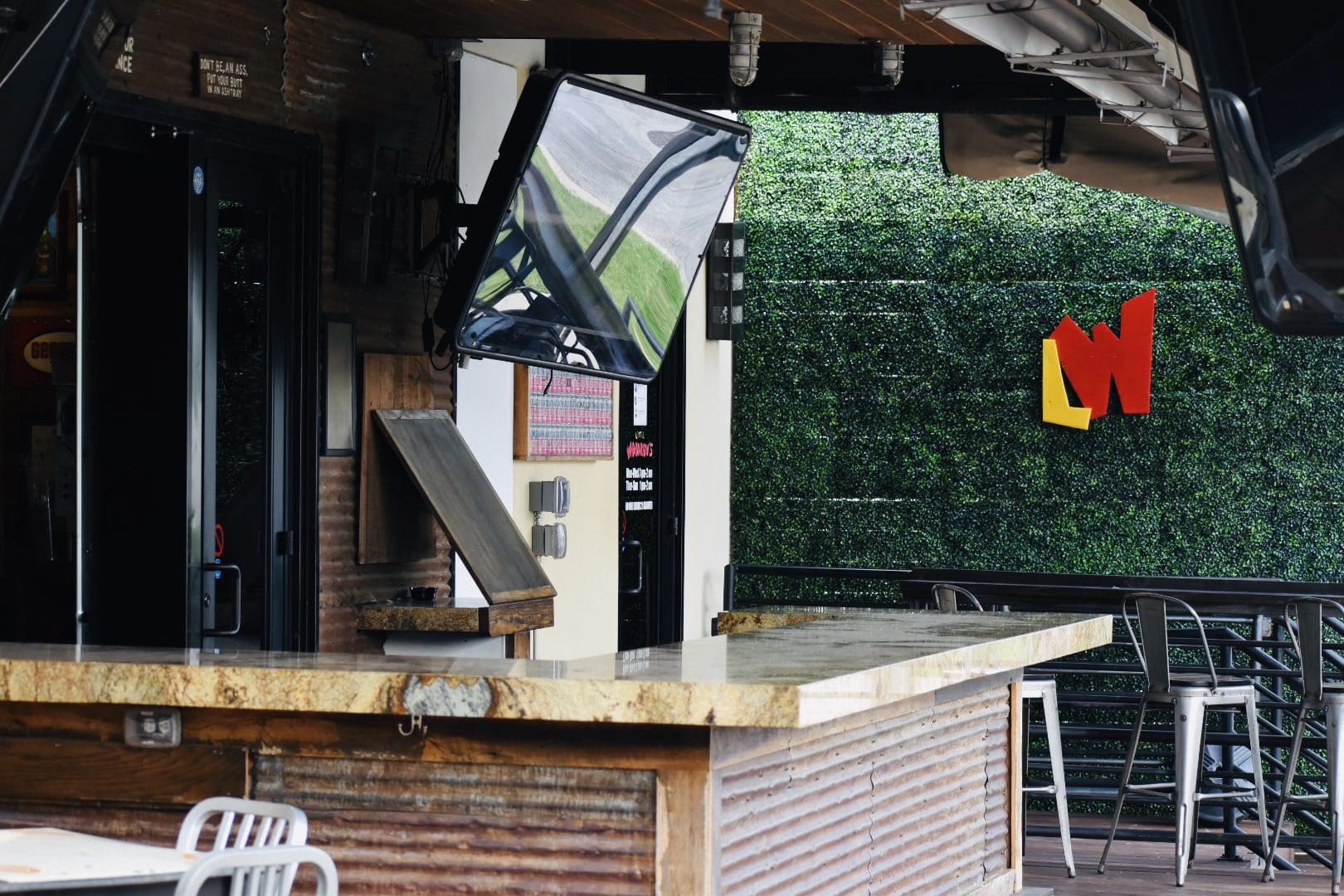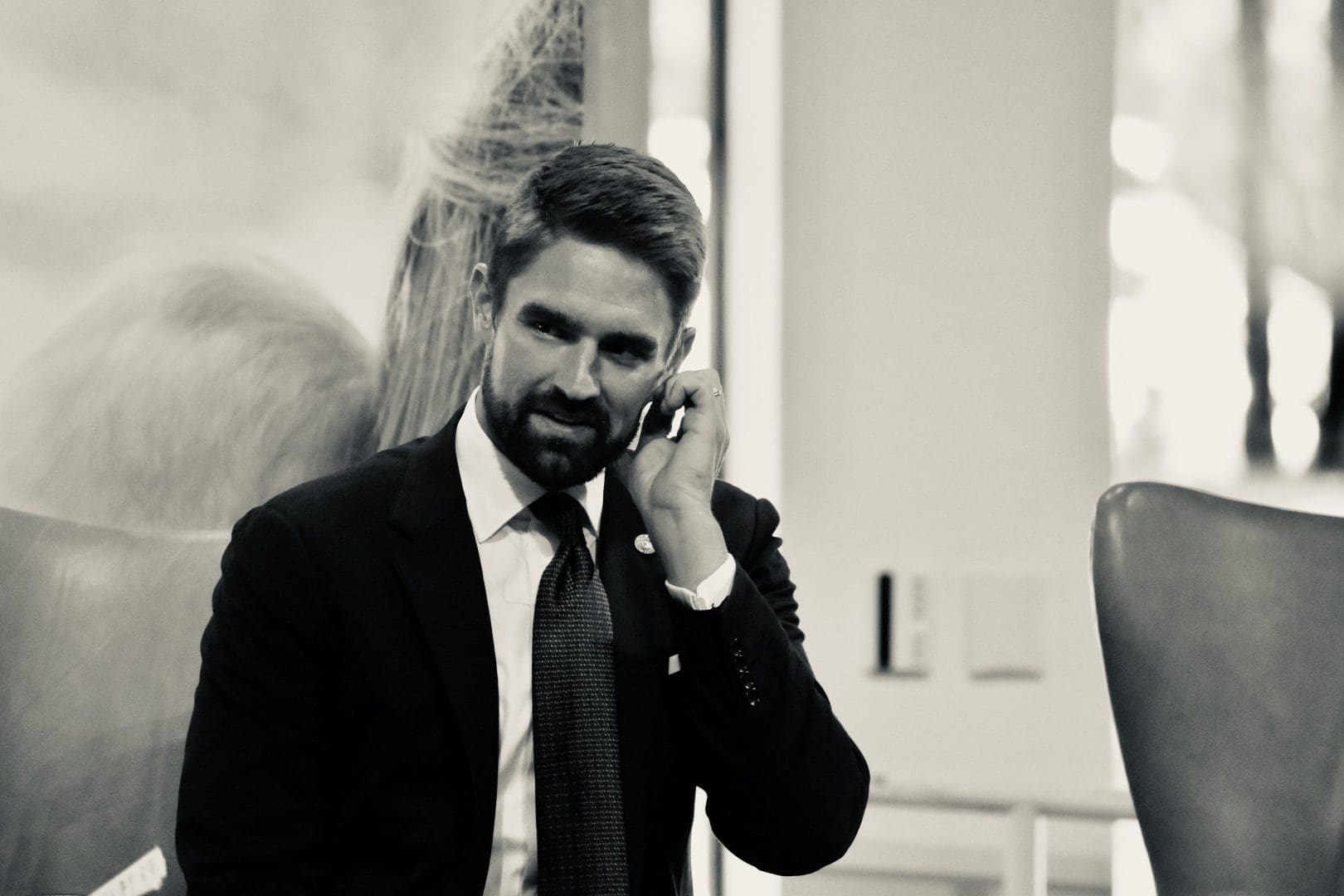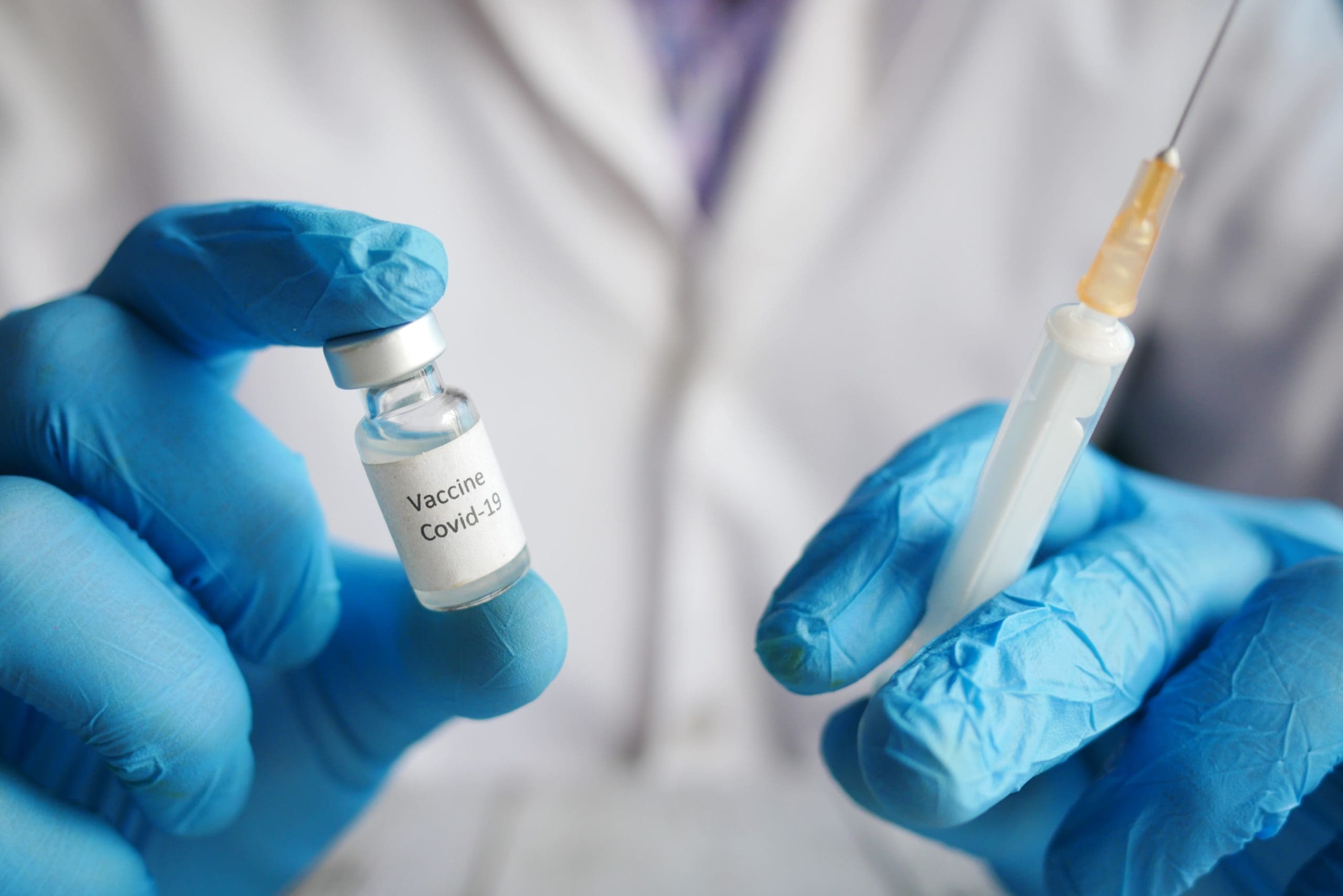For the first time since mid-March, bars across Texas are preparing to reopen on Friday after shutdown orders in response to the Chinese coronavirus have kept their doors closed for months.
It’s a moment Texas Bar and Nightclub Alliance President Michael Klein says has been long-awaited.
When Gov. Greg Abbott announced the first phase of his reopening plan nearly a month ago, restaurants—who have been allowed to continue takeout and delivery services during the shutdowns—were allowed to reopen to dine-in customers, albeit at a significantly reduced 25 percent capacity.
But bars and nightclubs, whose distinction from alcohol-serving restaurants and grills comes largely on technicalities in different liquor licenses, were not allowed to join their neighboring businesses in the first wave of reopenings.
“We are happy that anybody who is able to retain their business operations through the stay-at-home shutdown order was able to do that. But the restaurants were able to at least keep skeleton crews in and takeout service. And the governor signed executive orders allowing things like delivery cocktail service,” Klein told Texas Scorecard in an interview on Thursday.
“So, most restaurants that chose to stay open at least could maintain some sort of cohesion with staff, and our businesses have obviously been closed with zero revenues. So, it’s kind of devastating our business.”
Klein added that his association, which represents bars across the state, had previously projected that a reopening date of June 1 would cause 25-35 percent of their businesses to close their doors permanently.
At a press conference on Monday, Abbott announced the second phase of his reopening plan, which includes expanding restaurant dine-in capacity to 50 percent and reopening bars for the first time since the beginning of the shutdown on Friday, May 22, albeit at 25 percent capacity.
In addition to restrictions on capacity, bars must also abide by guidelines encouraging social distancing and mask-wearing by employees as well as discouraging dancing and placing orders directly at the bar counter.
Klein says the guidelines could make it more difficult for many bar owners to justify opening on Friday.
“There are probably neighborhood pubs where ‘Joe Smith the owner’ could turn on the lights and open up and be the bartender and … it might be less complicated,” Klein said.
“But then at the same time, for larger enterprises, air conditioning an entire place, with electricity? You know, those 60-ton units are expensive to operate. … I think there will be people who might want to wait until it is 50 percent [occupancy] … or if they own a group of bars, might open up one or two of them and not 10 of them at the very beginning.”
Like many businesses, an additional challenge to reopening has also been the allure of increased unemployment benefits for hourly employees.
“This doesn’t just affect our industry,” Klein said. “I was with a hospital executive over the weekend who was complaining about the same thing. They’re calling employees and saying, ‘You have your job.’ And they’re saying, ‘Well, boss, I make either more money or almost as much money by staying home and doing nothing, so I’m going to ride this one out until the government cuts me off of unemployment.’”
“We’ve kind of incentivized people not to work,” he added.
While Klein said bar owners have little expectation that business will resume to the same levels they enjoyed in early March, he left open the possibility to be surprised.
“We don’t know. I mean, I think that human beings tend to have short memories on things. Hopefully, summer comes in and people realize they can resume normal activities, and they’re fine.”
Bars often enjoy a sense of community, Klein said, using the TV show “Cheers” as an example. That’s something their industry is banking on as restrictions begin to loosen.
“Your neighborhood pub, your bartender … people love their favorite spot that they go to for happy hour or their favorite place to get a margarita. And I think people have a sentimental attachment to their favorite places,” said Klein. “As we take precautions to ensure not only the public safety but the safety of the employees of the businesses, with a little bit of time, people want to go back and enjoy the things that they’re used to doing.”
“Now, I think a return to normalcy is what a lot of people are looking for,” he added.
With government mandates and phased reopening guidelines continuing to stifle businesses during the phased approach to reopening, it remains to be seen how long it will take for that sense of normalcy to finally return.





